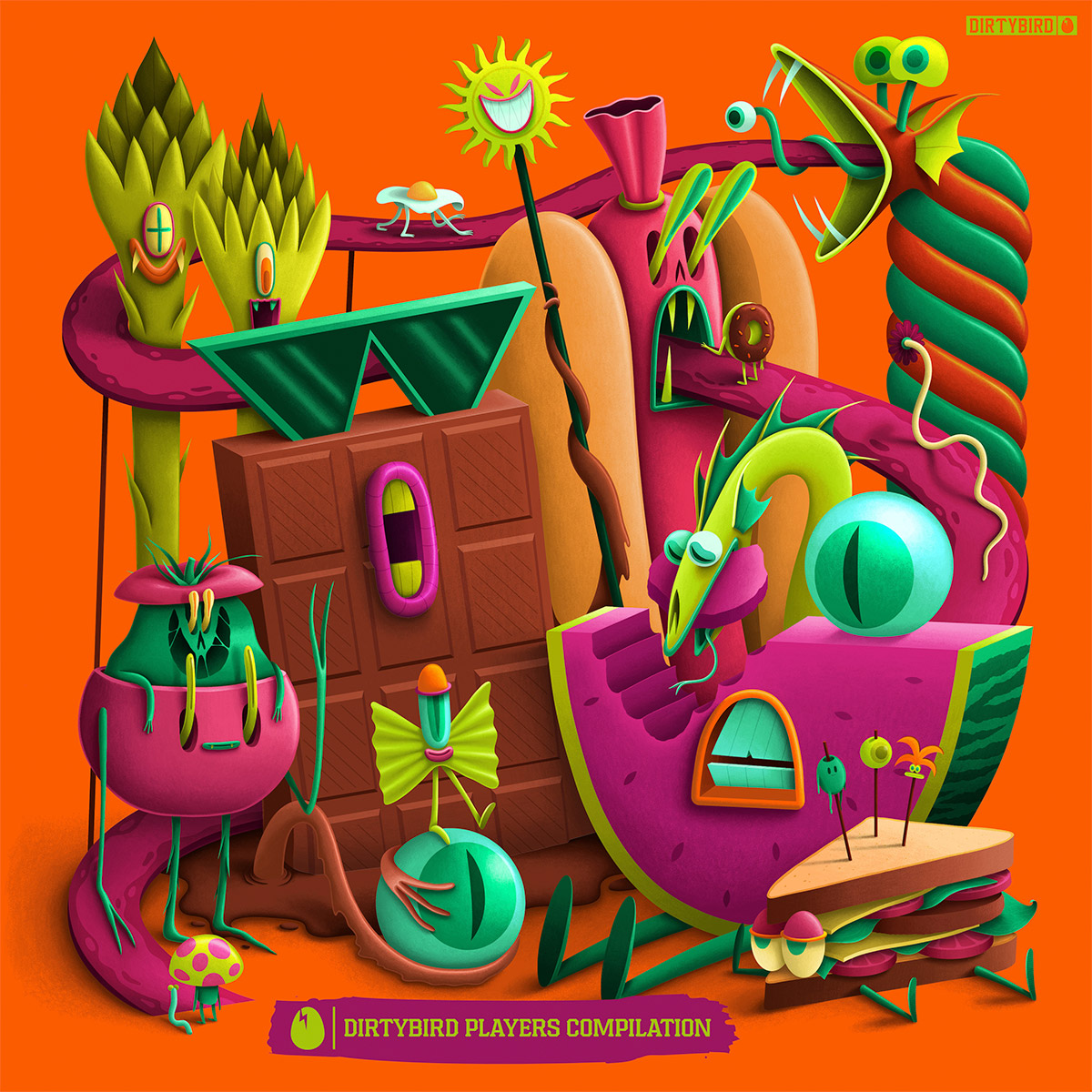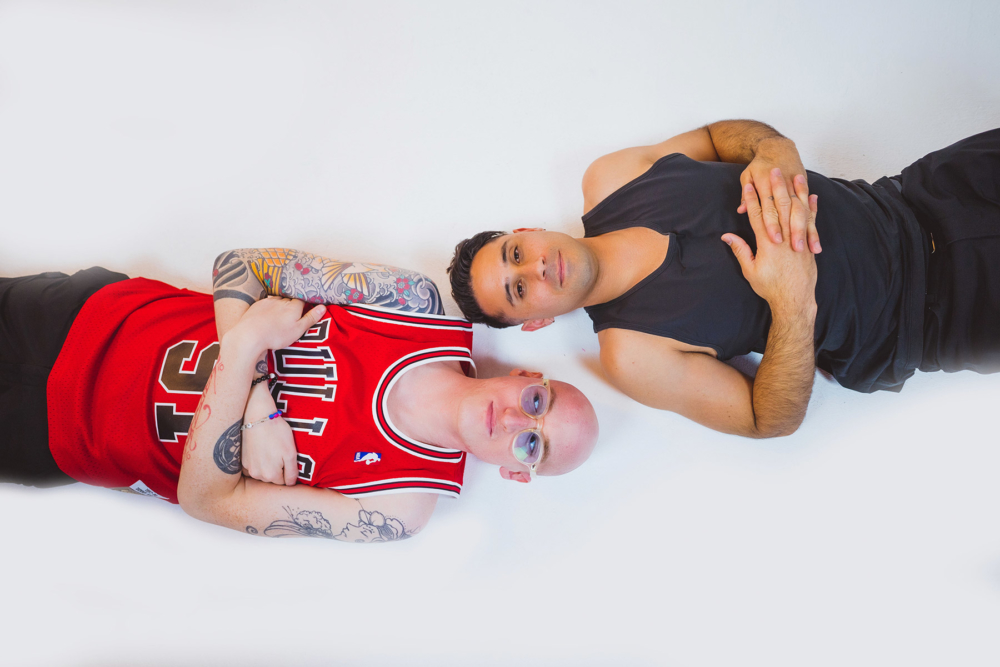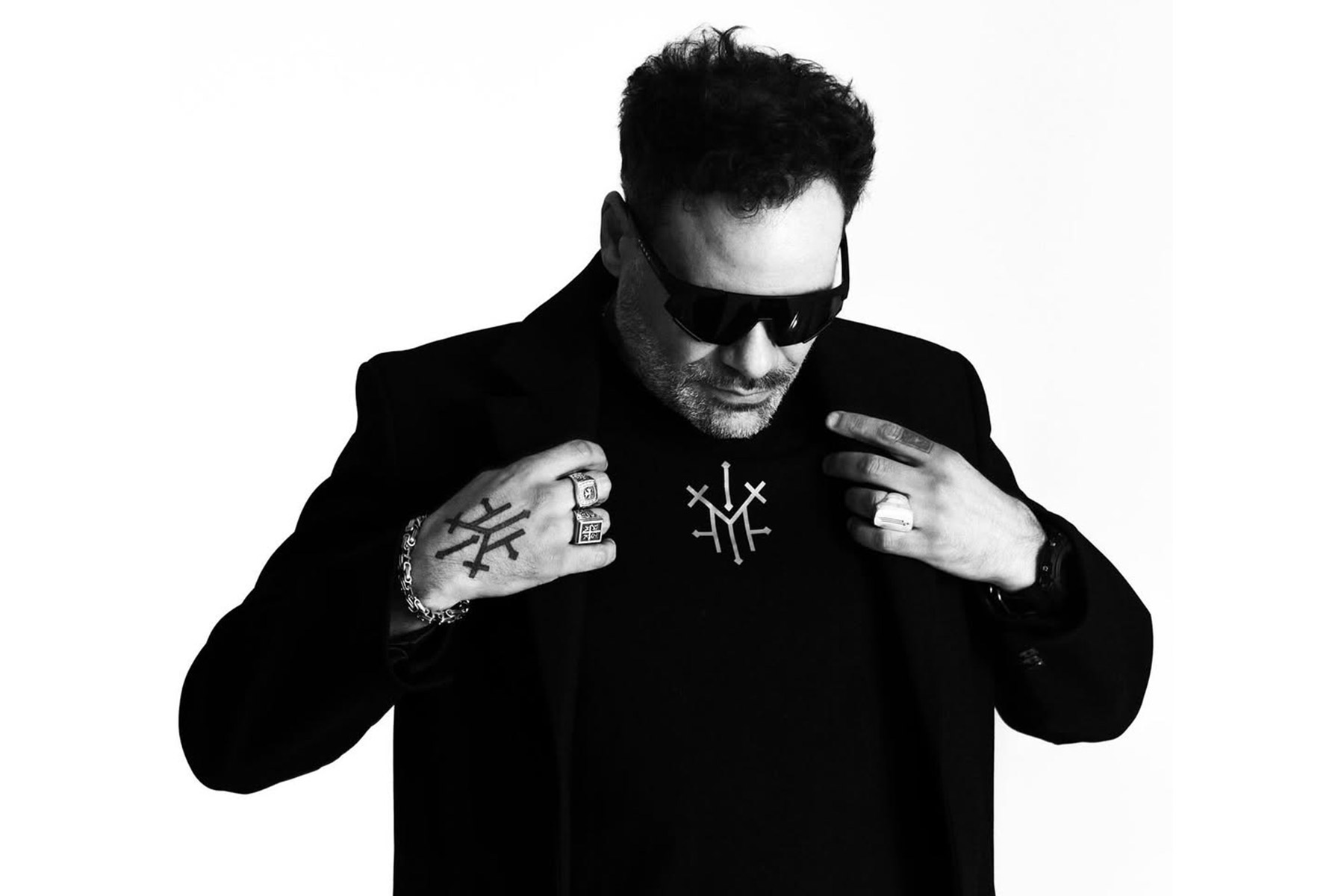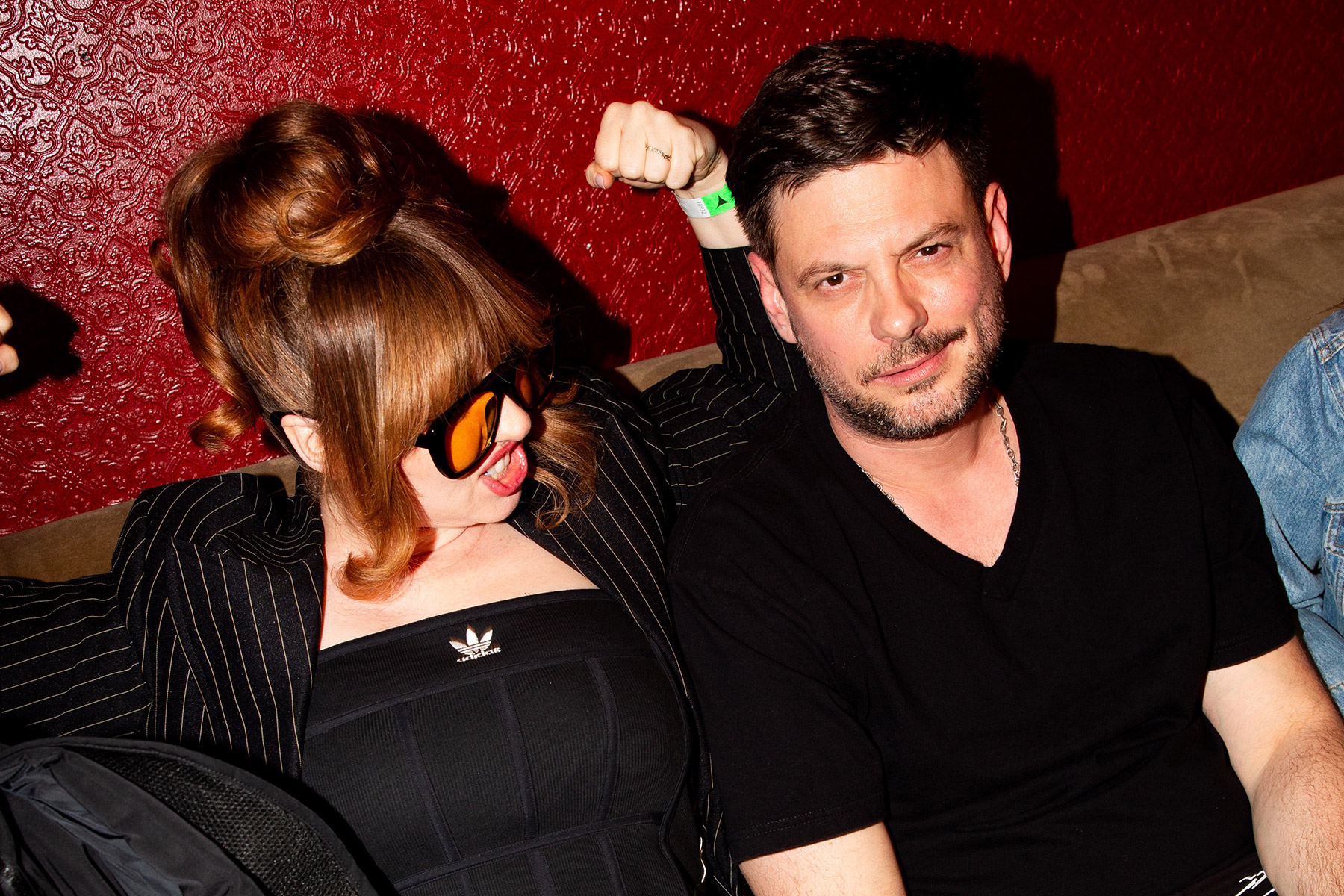Arnold & Lane is a dynamic duo specializing in house music and based in Los Angeles, CA. Since their debut in 2017, A&L has rapidly established themselves in the electronic music scene, with their unique sound and stage presence pushing the boundaries of house, tech, breaks, bassline, and booty.
Photo Credit: JuJu
The duo has released music on labels such as Dirtybird, Box Of Cats, Insomniac, and Dumb Fat, and has performed at countless venues nationwide, cementing their status as rising stars in the electronic music scene. Their ‘Buck’ EP showcased their unique blend of house and techno, which has been gaining attention in the industry.
Arnold & Lane’s latest release, ‘Amplify Your Vibe,’ is a testament to the duo’s production skills and is part of Dirtybird Records’ highly anticipated Dirtybird Players Compilation. Their inclusion in the compilation is a nod to their rising star status and their quickly-earned place as a favorite of Dirtybird Records.
Arnold & Lane has invited EG into the studio to share five tips for more liberated productions, in celebration of their latest release ‘Amplify Your Vibe’ included in the Dirtybird Players Compilation.
1. Synths and presets
Presets! We are no genius in the art of synthesis. After many years, we can create general sounds. But building complex synths as a beginner is no easy task. We encourage you to dig up nice preset folders for your desired VSTs. Serum, Massive, Sylenth, Diva our our favs. We find a fun preset that we like and we always create a variation of the synth exploring each parameter with different adjustments to create entirely different sounds that are very exciting. We observe that many big producers do this such as Chris Lake.
2. Vocals
Layering vocals can be beneficial at times when you want it to pop in the mix. We often record one center layer, and a new track recording of the same verse panned all the way left. And another track recording of the same verse panned all the way right. Both left/right panned vocals volume should be lower and the main center’s vocal gain being prominent. Then grouping them with a glue compressor and a texture plug-in like waves Butchvig vocals.
3. Expectations
We try not to have too many expectations for how our production sessions turn out. Sometimes as a producer, it can be easy to compare yourself to others and their production quality. At times this can be detrimental and somewhat disappointing when your final product doesn’t sound as good as you set your expectations. We’ve found at times that that can lead us into a creative rut of some sort, where you’re stuck in the ether of doubt and uncertainty. There was a quote we heard recently that touched on expectations, “When you go into creating, try to go into it with the expectation that whatever you create could potentially be a piece of S**t. Tell yourself, Whatever I make today could be the best thing I ever make, but could also be the worst piece of music I’ve ever heard.” Adopting this mindset has been a big liberator towards our artistry.
4. Check your samples
The last thing you want is for that track you believe in to be unsignable. Be cautious when using unknown vocal packs or famous acapellas. The smallest sample from one of your favorite songs, no matter how long or short, could potentially need to be cleared by the original artist. Be wary of this, and always make sure to research any acapellas or vocal packs you use to make sure they are clear to release.
5. Kick/Bass Relationship
One of the most time-consuming and difficult parts of our writing process is capturing the perfect Bass/kick relationship. The backbone of the track, and arguably the most important production foundation in dance music. The listener needs to be able to distinguish the kick and bassline apart from one another. This also is extremely important on larger sound systems. Use a tuner on your kick, when choosing the perfect kick. Or use a spectrum analyzer to see where it falls on a frequency scale. When writing your bassline, whatever root note it is in, the kick either needs to be the same key or within three notes of the root note. For example, if your bassline is in G. The kick needs to be hitting at G, A#, or E. But even following this, in our experience sometimes the bass/kick frequencies can conflict, and therefore you need to choose either a different kick or a different bassline. Shorter kicks tend to play nice with big basslines, and larger kicks go nicely with tighter basslines from our experience. But there is no right answer here whatever sounds good, sounds good. So long as the kick/bass are distinguishably separate from one another and in key it should sound good. Otherwise, you will be dealing with a big muddy mess. And on large systems, it will translate as a wall of bass taking away from the groove.

Arnold & Lane’s ‘Amplify Your Vibe’ is out now. Download your copy here.
Follow Arnold & Lane: Soundcloud | Facebook | Instagram | Spotify








